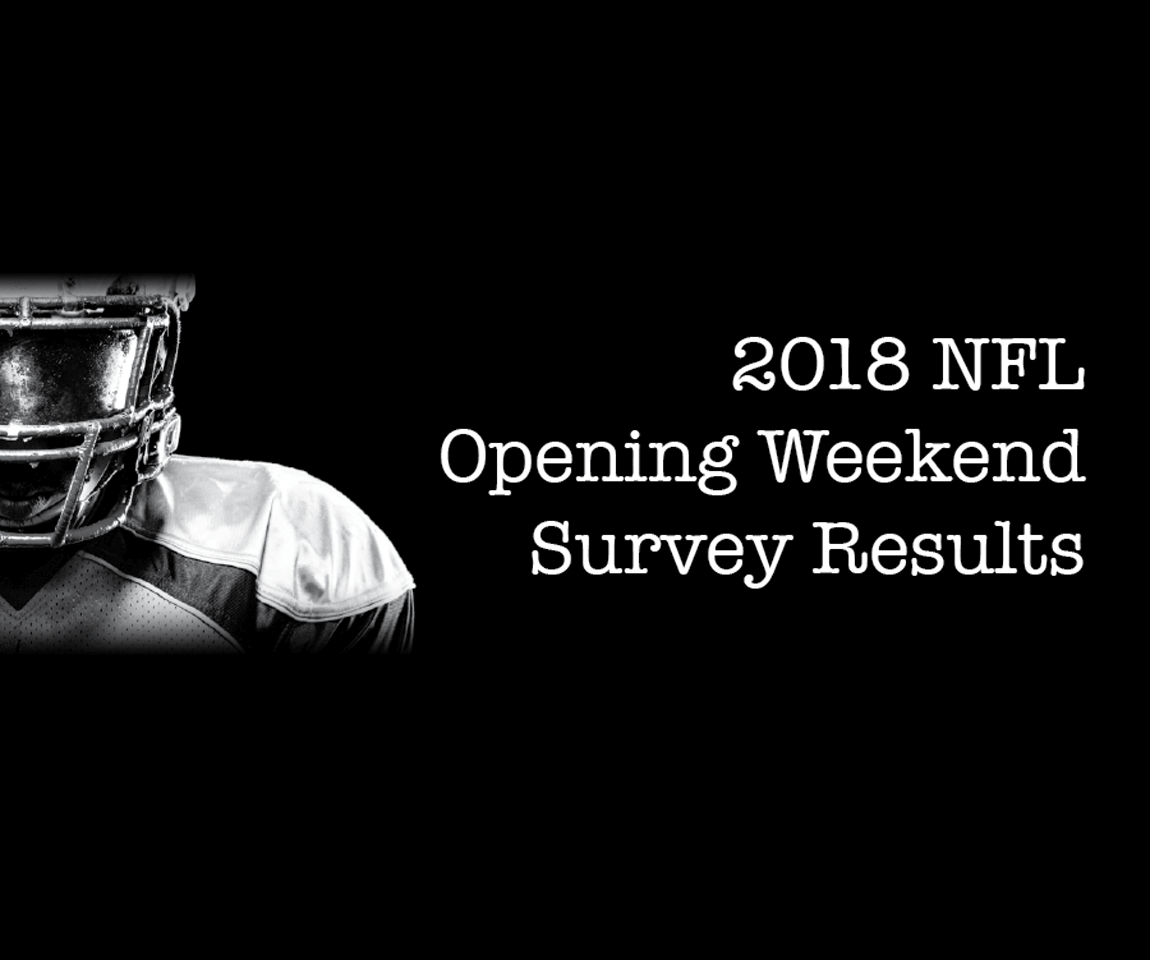The good news for professional football and the networks and advertisers who invest heavily in the games is that its viewing audience is extremely loyal. A survey of 600 fans who watched at least once during last weekend’s season-opening round of games found that 80% plan to follow pro football regularly, compared to 20% who said they’ll only watch occasionally.
A less reassuring data point for the pro football industry is that the younger the fan, the less likely they are to be a regular viewer. The 21- to 24-year-old bracket expressed the least loyalty, with 72% saying they’d watch regularly, compared to 82% among 25- to 34-year-olds and 85% for ages 35 to 44.
The good news for professional football and the networks and advertisers who invest heavily in the games is that its viewing audience is extremely loyal.
A survey of 600 fans who watched at least once during last weekend’s season-opening round of games found that 80% plan to follow pro football regularly, compared to 20% who said they’ll only watch occasionally. A less reassuring data point for the pro football industry is that the younger the fan, the less likely they are to be a regular viewer. The 21- to 24-year-old bracket expressed the least loyalty, with 72% saying they’d watch regularly, compared to 82% among 25- to 34-year-olds and 85% for ages 35 to 44.
Still, among fans who watched during the opening weekend, 41% of all respondents said they expect to watch more pro football this season than they did in 2017, and only 4% said they’ll watch less often – with younger viewers matching the overall averages.
Amid widespread speculation that pro football’s command on American sports fans is slipping a bit, as reflected in TV ratings, MFour fielded a survey the morning after the season’s first long weekend had ended. The respondents were the sport’s core demographic – males nationwide, ages 21 to 44.
One major change affecting sports viewership is the advent of streaming services that are seizing a share of the audience from cable, satellite and terrestrial carriers.
- 15% of the fans surveyed said they were streaming NFL games instead of using a legacy viewing platform.
- The average football streamer reported using two different services; the favorites were YouTube (41%), the NFL App (37%), Amazon Prime (30%), and Hulu with Live TV (21%).
The television set hasn’t lost its hold on viewers, with 90% reporting that they watched a game on a TV. But survey results underscored how we’re living in an age of multiple devices for individual consumers – and that the younger they are, the more device-diversified they are likely to be.
Here’s a comparison of 21- to 24-year-olds vs. the primarily Gen X audience in the 35 to 44 age bracket. Figures for the younger adults, including 21-year-olds who the U.S. Census Bureau categorizes as the leading edge of Gen Z, are stated first:
- TV screens: 89% vs. 93%
- Mobile phones: 36% vs. 23%
- PCs: 32% vs.12%
- Game consoles: 22% vs. 8%.
The older the respondent, the more likely he’d be watching at home: 87% of the Gen Xers, 76% of Millennials ages 25 to 34, and 69% in the younger-adult group. The inverse was true of watching games in a bar or restaurant, frequented by 13% of fans under 35, and 7% among those 35 to 44.
Watching football was a solitary pursuit for 21% of respondents; at the other end of the spectrum, 13% said they’d watched with 7 or more other people; 38% watched in groups of two or three.
Also of interest:
- Nearly half the fans (46%) said they had fantasy football wagers riding on players’ performances.
- 61% of the fantasy players said they were enrolled in two or more leagues.
- 12% are playing in at least four leagues.
Pro football Sundays (and Thursdays and Mondays) provide excitement for providers of food and drinks as well as the fans who consume them.
- 72% of respondents said they had snack foods such as chips and dips during a game, 62% ate hot food, and 53% imbibed alcoholic drinks.
- Beer and football go together like touchdowns and points after: 87% of those who drank said they’d had a beer.
- 45% downed liquor or mixed drinks, 16% went for flavored malt beverages, 10% sipped wine, and 9% had hard cider. So there was a whole lotta mixin’ going on. The survey did not query respondents about post-game stomach distress.
- The most-favored beer brands were Bud Light (consumed by 35% of the survey’s beer-drinkers), Corona (28%), Coors Light (21%), Budweiser (21%), Miler Lite (19%), Blue Moon (19%) and Heineken (17%).
As for the Super Bowl, the biggest event of the season for watching and consuming, 31 of the 32 NFL teams got votes when asked who would win.
- The Tennessee Titans (no votes), Arizona Cardinals, Buffalo Bills, Cincinnati Bengals and Tampa Bay Buccaneers were voted the least likely to succeed, each picked by fewer than 1% of respondents.
- If you believe in the wisdom of crowds (which, after all, is the fundamental tenet of consumer research), the smart money, as usual, is on the Patriots (17%), followed by the Rams (11%), Packers (9%) and Eagles (8%).
Methodology: The 24-question survey was fielded Tuesday, Sept. 11 to U.S. males ages 21 to 44 who use MFour’s proprietary mobile research app, Surveys On The Go®. 600 completes were collected within 3 hours. Qualifying respondents stated they are interested in the NFL and had watched at least one televised or streamed game during its opening weekend.
Interested in on how you can achieve fast, accurate and representative quick-turnaround research data of your own? Check this out. You can get 7 days of insights like these at no cost. Keep the data you collect.



